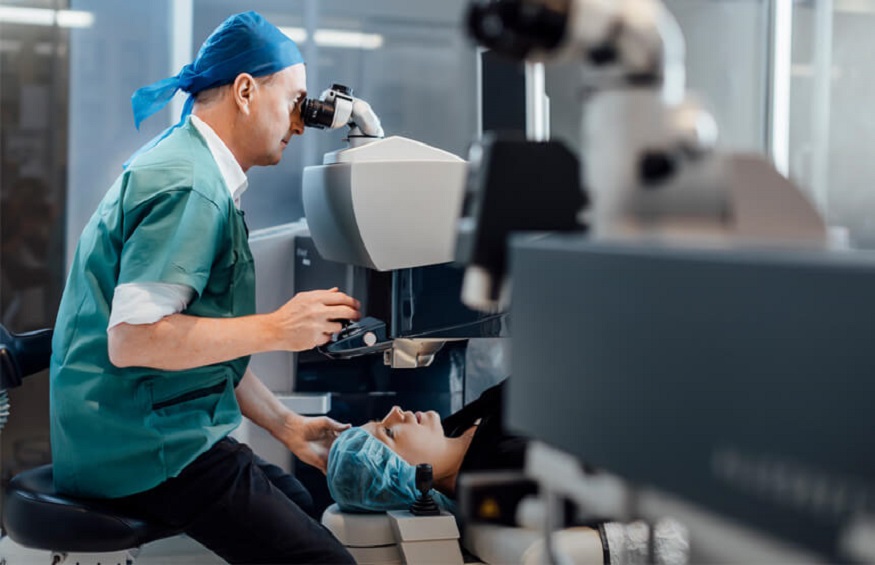What are the complications of TransPRK Surgery?
Spectacles and contact lenses are the most common forms of visual aids if you are suffering from refractive errors (e.g. myopia, astigmatism, hyperopia and presbyopia). But if you no longer want to be bounded by the daily hassle and inconveniences of your glasses or contact lenses, then laser eye surgery may just be the perfect solution for you!
TransPRK is an all-laser, touch-free laser vision correction procedure which can eliminate the much dreaded flap-related complications.
There are many different varieties of laser eye surgery and techniques, such as TransPRK, in which no cuts are made to your cornea. With TransPRK, you can also avoid flap-related complications which can possibly happen after a LASIK surgery.And oh, the TransPRK technique is also associated with less complaint of permanent dry eyes. This is the procedure you may want to go for if you are already suffering from dry eyes pre-op.
So, what is TransPRK? TransPRK is an innovative Advances Surface Ablation (ASA) procedure which utilises a single laser, the excimer laser, to perform the procedure. On top of that, you will be relieved to know that there will be no suction ring or any surgical devices touching your eyeball throughout.
TransPRK may be considered as a relatively safe procedure, but like all surgeries, it does not come without risks.
Expect some degree of tearing and discomfort post-surgery.
Do not be surprised if you experience some degree of tearing and discomfort in your eyes after the TransPRK procedure.It is all part of the normal recovery journey from a TransPRK surgery. Some patients may experience dry eyes. However, in the case of any eye discharge, incessant pain, redness or any other abnormal signs, please arrange a follow-up visit with your doctor immediately.
Longer healing time is associated with TransPRK recovery.
One of the greatest concerns of surface-based procedures such as TransPRK is the longer healing time required as compared to other types of laser eye surgery such as LASIK.
Typically, LASIK patients will be able to see well and go back to work after 1 – 3 days of rest. Whereas, for TransPRK patients, the top-most epithelium layer will be ablated during the surgery. We will need to wait for this layer to regenerate and heal over a period of 4 – 6 days bef0re you can safely return to work.
While there are risks and complications, the risk of developing any of these issues are very low.
Complications that are common to the laser eye surgery include the risks of infection, under- and over-correction, halos and glares, etc. Thankfully, these are rarely encountered with modern laser technology.
From eye discomfort you experience after the surgery, to the more serious risks like corneal haze, these are all possible risks and complications of a TransPRK surgery. However, most of these could be minimised or even prevented if you were to adhere closely to the surgeon’s instructions.
It is also worth mentioning that an experienced doctor can lower the risks or even keep them at bay. Be sure to check out our recommended LASIK clinics in Singapore to have your Laser Vision Correction surgery done.

